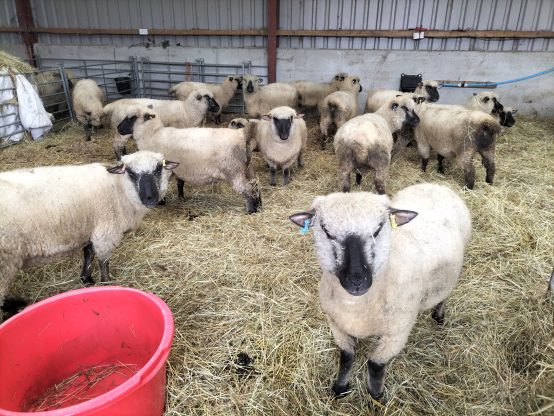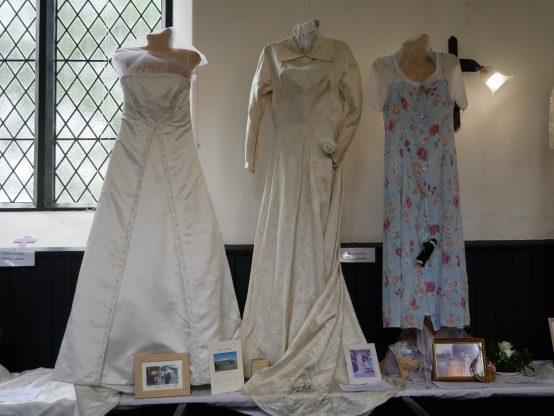by The Curious Scribbler
Fine days have been few and far between this summer but Sunday afternoon in Penparcau proved a happy exception. The sun shone, there were unthreatening fluffy clouds,a paraglider wheeled overhead from its launch at the top of Pendinas, and at the bottom of First Avenue, many people took the opportunity to visit the allotments during the Open Afternoon in aid of the National Garden Scheme charity.

The axial path between the Aberystwyth allotments
It is more than ten years since I last came on an open day and once more was charmed by the range of gardening skills on display. At one end I found Veronica’s traditional vegetable plot bursting with rows of flourishing foodstuffs runner beans, french beans, broad beans potatoes, carrots and many more besides. A retired soil scientist, she has gardened this plot for a couple of decades, and recollects the year when floods covered the allotments, the water rising two feet and more inside her garden shed. Hers is a full sized allotment, the generous space deemed necessary in the post war days to feed a family.
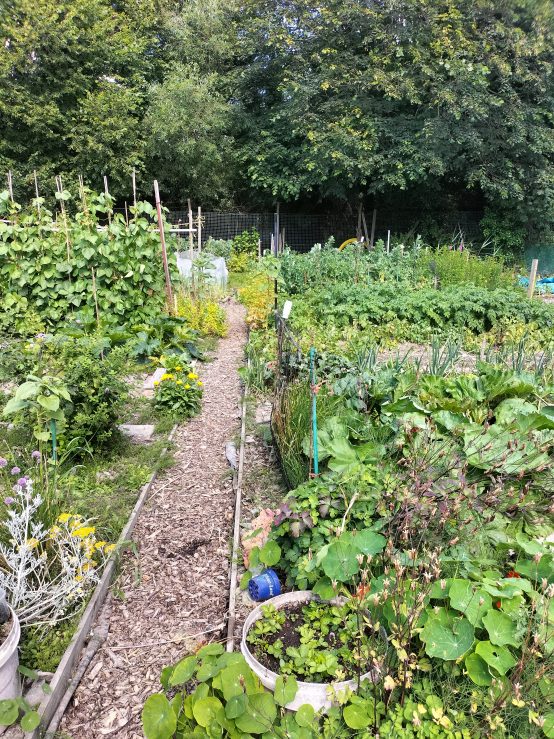
Aber Allotments Veronica’s generous vegetable plot
At the other end of the axial path I found another long-established allotment with quite different use of space, largely devoted to fruit trees, elegantly lawned, with tubs of vegetables and flowers and a restful place to sit and relax at the distal end.

A tranquil oasis of fruit trees and lawns. Aber Allotments
Other allotments bristle with garden technology, raised beds, edging, hooped cloches made of alkathene pipe, fruit nets and trellises. There are several living willow structures and exuberant roses on the boundaries of many plots. And every allotment has a shed, some just tool stores while others are little home-from-homes, places to heat up a cup of tea, sit back and enjoy the peaceful scene.
In recent years, as they become vacant, some of the old allotments have been divided into two or three parts, better serving the needs of townsfolk without gardens. There is great contrast amongst these too, reflecting the owners’ enthusiasms for flowers, food or nature. One mini-allotment is dominated by a wildlife pond. Nearby I found another with two keen gardeners devoted to an amazing range of choice and exotic vegetables – Chilean Guava, several different cultivars of blueberry, grafted vegetables growing upon a gourd rootstock, unfamilar cultivars of familiar herbs and greens.

Raise beds and wood shaving paths at Aberystwyth allotments
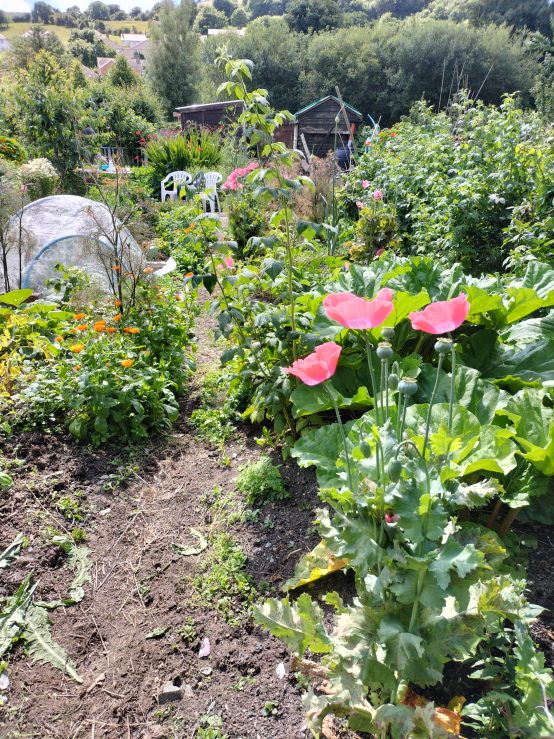
Flowers and vegetable blend at Aberystwyth Allotments
The visit put me in mind of the allotments at Konigstein in Germany which I visited with the Cardiganshire Horticultural Society as part of a twinning visit to Kronberg in 2015. Up to half of the space in these allotments could be devoted to recreation, and many plots contained substantial chalets, dining areas, play equipment and ornamental trees, while the rest would be devoted to edibles or flowers. Many of the holders would have been flat dwellers, who spent whole days at their allotment homes. I remember how impressed we were by the feel-good ambience of these German allotments. The Aberystwyth allotments are evolving in a similar direction.

The Konigsberg allotments in Germany

A homely chalet in the Konigsberg allotments in Germany

The Konigsberg allotments in Germany

The Konigsberg allotments in Germany

The Konigsberg allotments in Germany



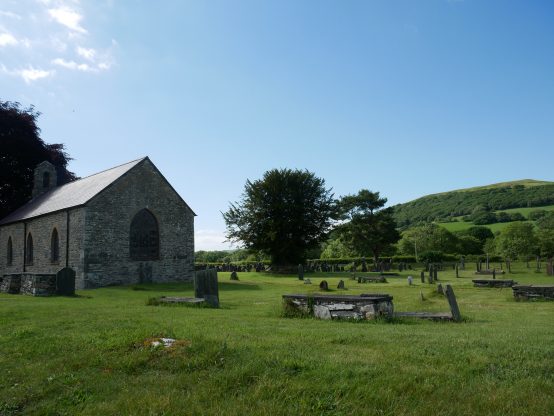


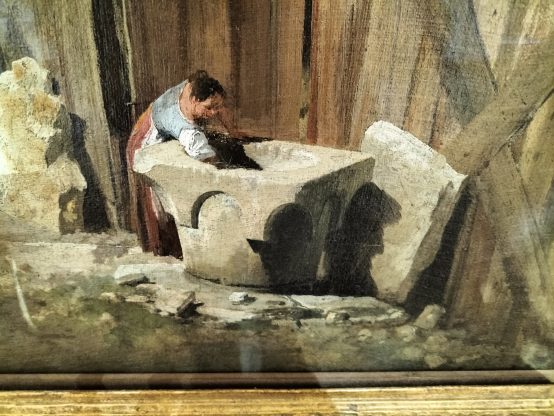
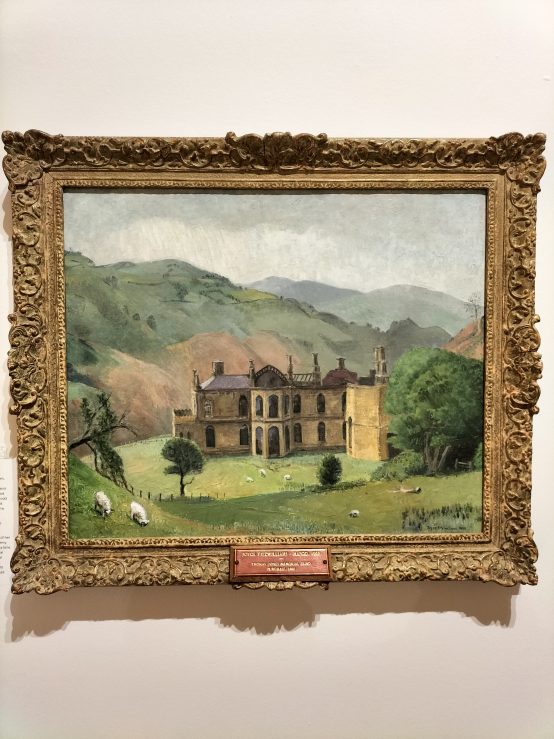




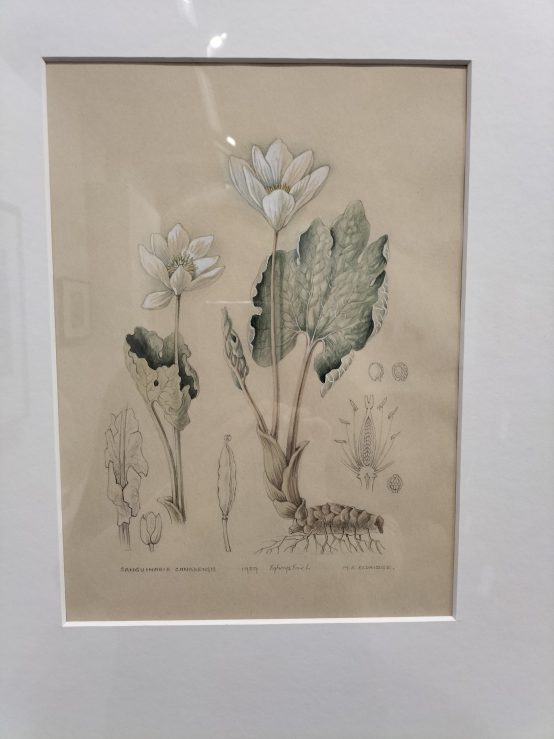





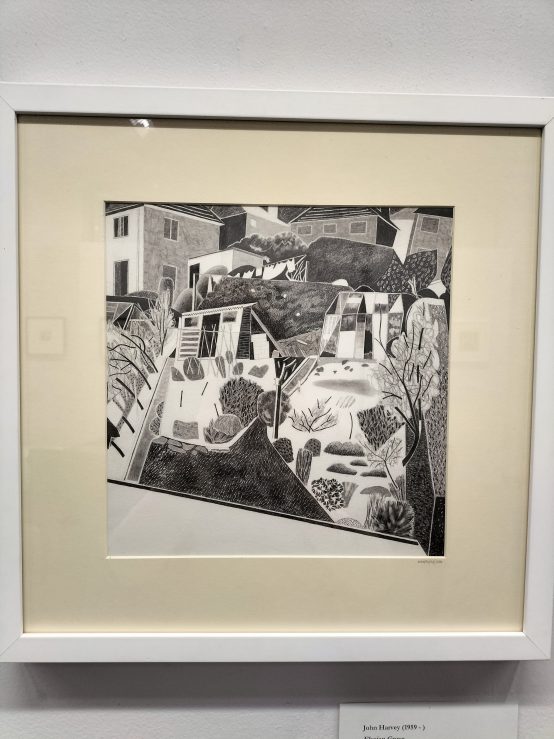

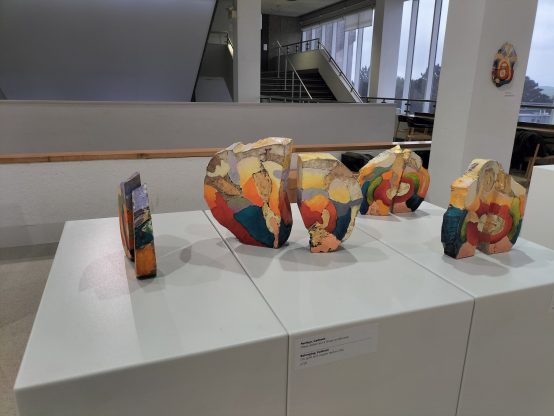
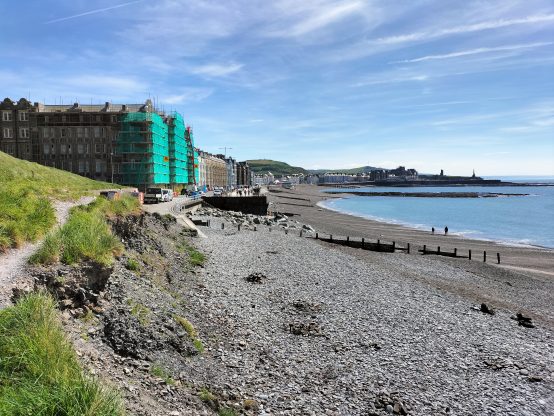


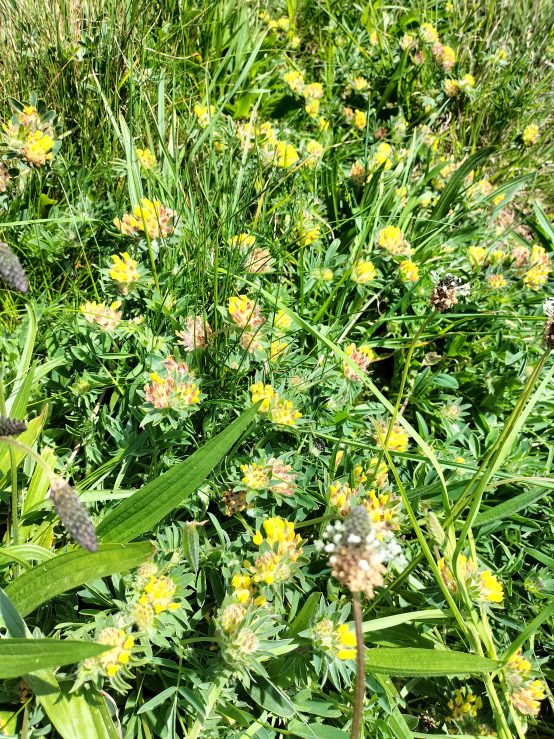




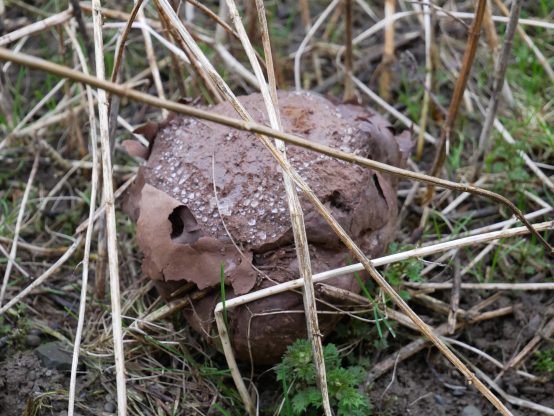
 Or the switch mechanism may be in a white meter such as mine which is labelled Radio Telemeter series K.
Or the switch mechanism may be in a white meter such as mine which is labelled Radio Telemeter series K.




